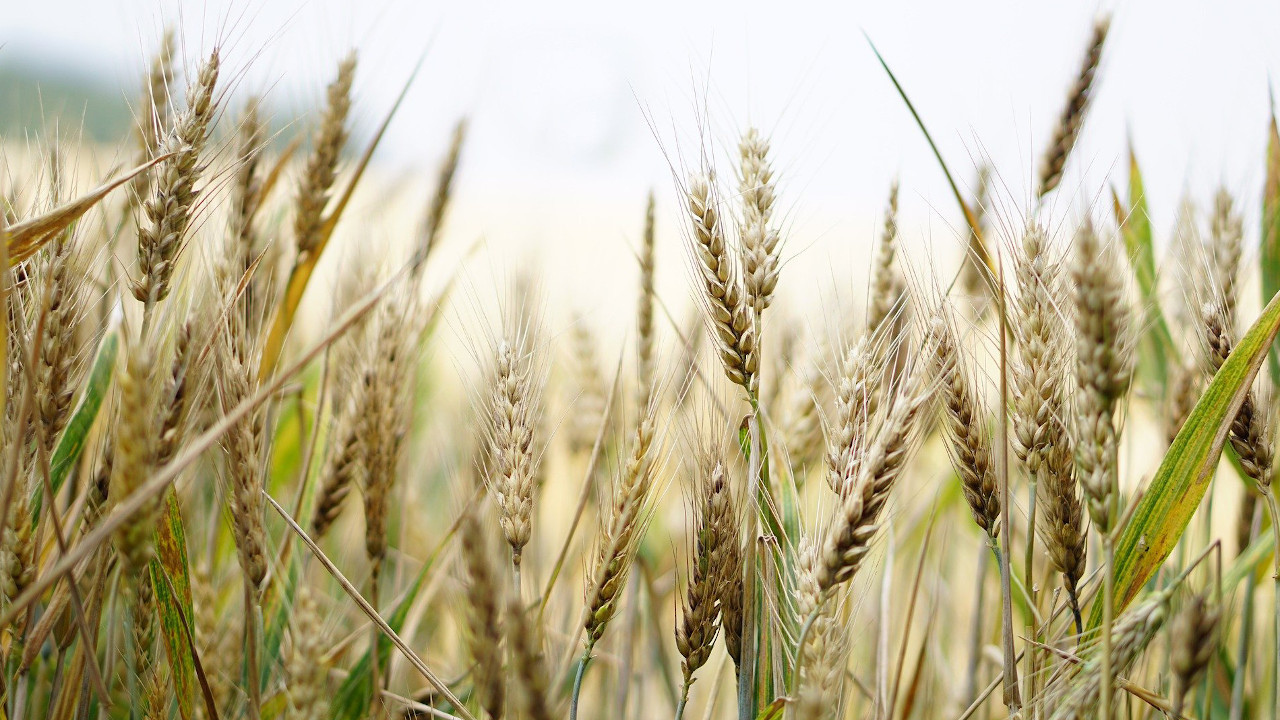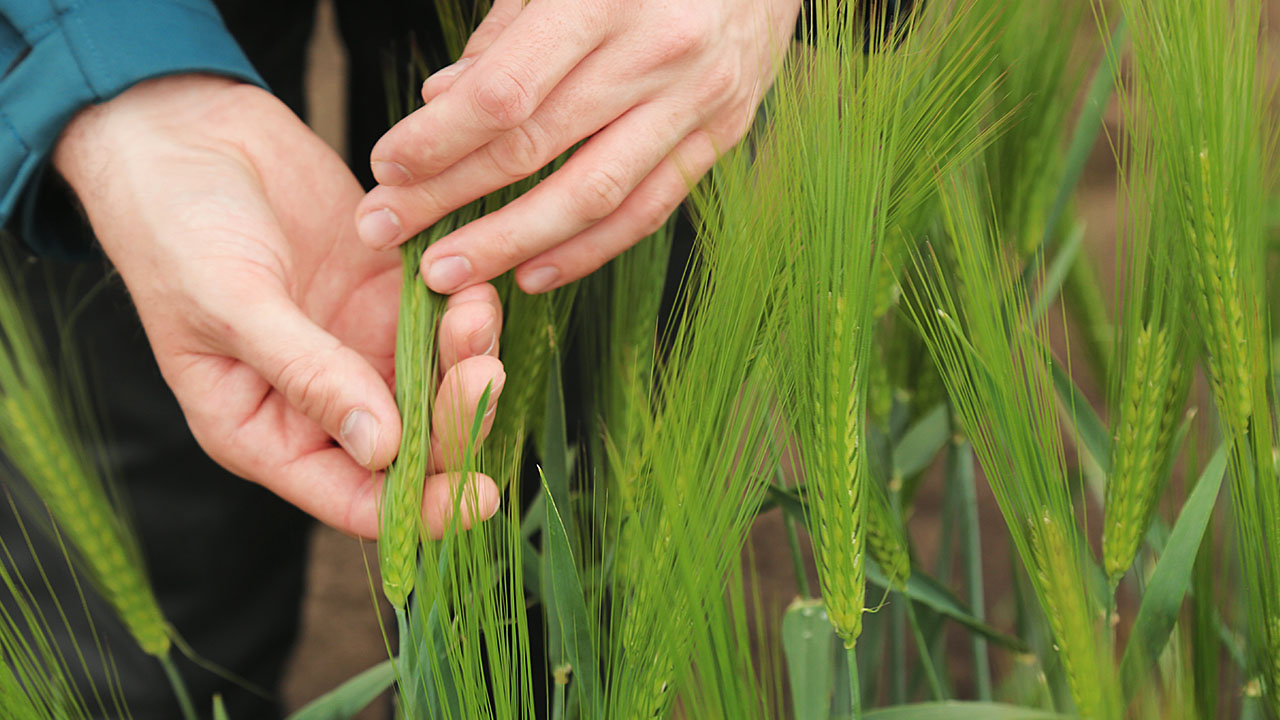
For food crops to thrive and food security to be ensured, modern agricultural ecosystems must be equipped to meet the challenges of climate change. It is no longer enough to trim important crops for maximum yield. They also need to be resistant and stress-tolerant to heat, drought and pathogens. In the CROP project, researchers from the Institute of Biosciences and Geosciences (IBG-3) at Forschungszentrum Jülich are therefore collaborating with the University of Hohenheim to develop a new cultivation strategy for wheat.
Two wheat varieties with different root systems
"We want to investigate whether combining two complementary wheat varieties within a field makes a difference in terms of yield and other criteria. For this, we are looking at two genotypes of wheat that differ significantly in their root systems," explains Youri Rothfuss, co-project lead at IGB-3. In the project, which is funded by the German Federal Ministry of Education and Research with around 870,000 euros, the researchers plan to grow one deep-rooted and one shallow-rooted wheat variety.
Exploring the advantages of combined cultivation
The goal is to demonstrate the benefits of combined cultivation. "If only one wheat variety is grown - especially if it's the shallow-rooted one - there should be less tolerance to water stress," Rothfuss explains. "However, the combination may allow one genotype with shallow roots to be in moist soil layers at some times, while at other times the second genotype with the longer roots has an advantage when water is only available deeper in the soil." From the combined cultivation of two wheat genotypes with different root architecture, the researchers expect not only improved water uptake dynamics but also higher microbial activity in the soil and thus better availability of nutrients such as nitrogen.
The project started in March 2020. Since then, several wheat varieties have been tested in the Jülich laboratory to determine whether they are suitable for joint cultivation. "Finding the right genotypes was challenging. We had previously selected and tested two varieties that showed little difference in root development," reports the agricultural scientist. However, the next two genotypes proved promising. "We are sure we have found the combination now."
Live observation of root growth
The first "fine-scale" experiments with the selected wheat pair are currently being carried out in the Jülich laboratory. Probes are being inserted into about 80-cm monoliths to quantify water uptake and nutrient supply. In September, the experiments will start at the Jülich rhizotron facility in Selhausen, where Rothfuss' team can observe root growth live in the field. "Here, we can slide cameras into transparent, 7-meter-long horizontal tubes at different soil depths, use them to take pictures, to see how the roots develop, and to quantify the root depth," the researcher explains. In turn, researchers at the University of Hohenheim are using special imaging techniques to investigate what influence the root development of the two wheat species has on microbial activity in the soil.
Predictive model for plant development
At the end of the four-year project, a process-based model will also be developed, the so-called rhizosphere-microbiome-plant model. Based on the results of the two project partners, it will eventually predict the benefits of combining genotypes with complementary root systems - and not just for wheat, but also for other crops. "It offers the possibility of virtually confronting two genotypes with general conditions such as prolonged drought or heavy rainfall. The data could then be used to predict the water balance of the soil, water and nutrient uptake and the development of the plant," Rothfuss says. The Jülich researcher expects that this model will initially be used in science and that it will be some time before it provides forecasts to farmers and plant breeders.
Author: Beatrix Boldt


